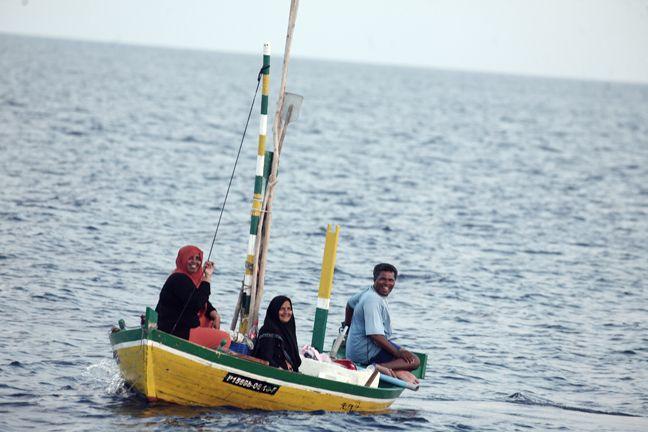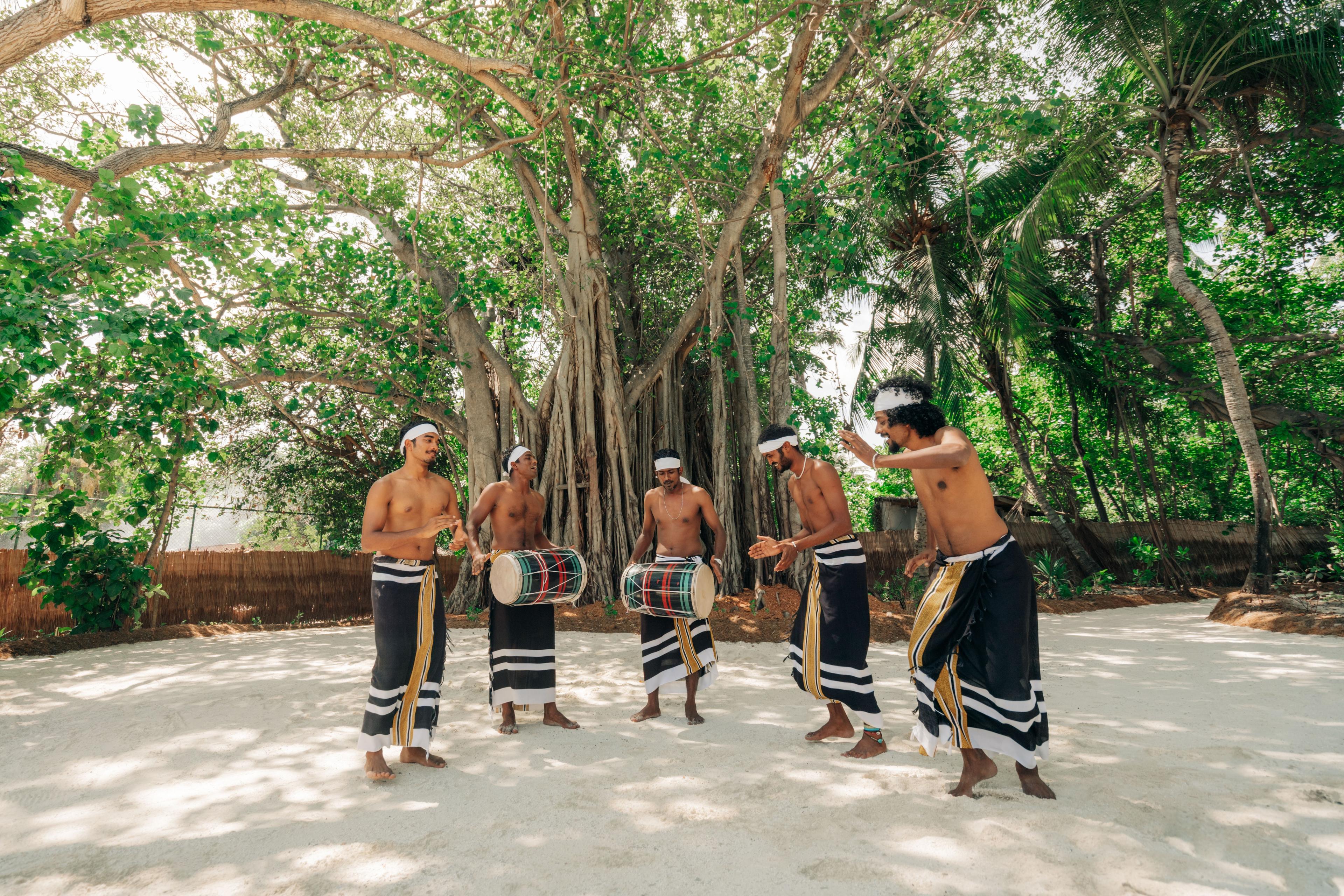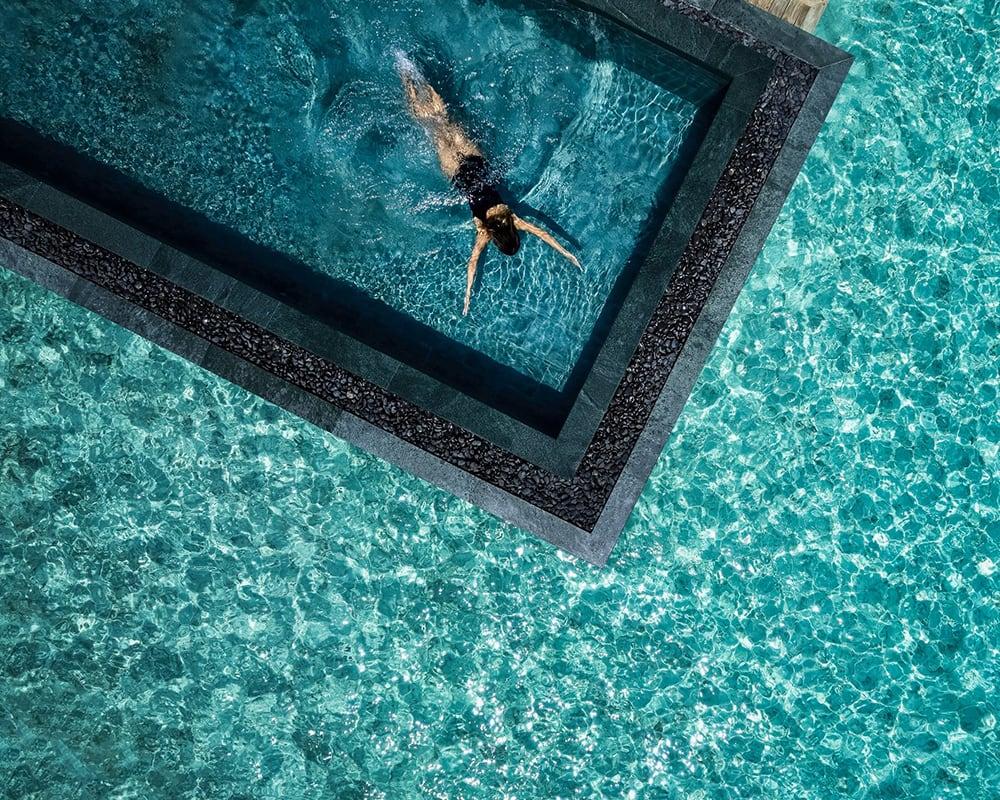About Maldives
Culture of the Maldives
The culture of Maldives is a blend of South Asian, Arab, and African influences. The official language is Dhivehi, which has roots in Sanskrit, Arabic, and Sinhala. Islam is the state religion, and it significantly shapes daily life and laws of the country.
Maldivian cuisine revolves around seafood, particularly tuna, due to the country's geography. Coconut and rice are also staples.
Popular dishes include Mas Huni (shredded tuna with coconut and onions) and Garudhiya (fish broth). Tea served with short eats like Kulhi Boakibaa (spicy fish cake) is a common social ritual, surviving even today.
Before you continue reading…
Maldives.com is a fully Maldivian travel agency with decades of destination expertise. Our expert travel advisors are local Maldivians who possess deep knowledge of our islands and maintain strong relationships with resorts nationwide, enabling us to secure the best rates for our guests.
We offer comprehensive packages for guesthouses and resorts in the Maldives. To provide you with the most reliable information, all our articles are written independently by experienced writers and rigorously fact-checked by our editors for accuracy.
Contact us on WhatsApp for bookings and personalized travel advice.
Cultural Diversity

The culture of Maldives is primarily influenced by its strategic location in the Indian Ocean, which has made it a historical crossroads for various maritime civilizations.
Maldivian people have origins that reflect this diverse history. Genetic studies suggest a mix of South Asian, Southeast Asian, Arab, and African ancestry. This genetic diversity is mirrored in the physical features of Maldivians, with variations in skin tone, hair texture, and facial features.
Linguistically, the Maldivian language, Dhivehi, showcases a cultural blend. The language belongs to the Indo-Aryan language family, related to languages like Sinhala (spoken in Sri Lanka). However, it also has loanwords from Arabic, Persian, Hindi, and Tamil. This linguistic mix reflects the Maldives' trade connections and cultural exchanges over centuries.
Music and Dance

One of the most famous traditional musical forms in the Maldives is bodu beru, which means "big drum" in Dhivehi. This style originated from East African influences. Bodu beru performances typically involve 15-20 people, with three or more lead drummers playing large, round drums made from coconut wood and goat hide.
Performances start slow and gradually build up tempo and intensity. As the rhythm accelerates, dancers join in. The dance involves energetic movements, often mimicking daily activities like fishing or sailing.
Other traditional dances include:
- Thaara
- Gaa odi lava
- Bolimalaafath neshun
- Maafathi neshun
- Fathigandu jehun
- Bandiyaa jehun
Dhivehi Language
The official language of the Maldives is Dhivehi. It's a unique language that reflects the Maldives' geographical and historical position as a crossroads of various cultures in the Indian Ocean.
Dhivehi belongs to the Indo-Aryan branch of the Indo-European language family. Its closest relative is Sinhala, the primary language of Sri Lanka.
One of the most distinctive features of Dhivehi is its script, called Thaana. It's one of the youngest scripts in the world, developed in the 18th century. Thaana is written from right to left, like the Arabic script. However, interestingly, some of the letters in Dhivehi are derived from Arabic numerals.
Dhivehi has several dialects, primarily distinguished by geography. The dialect spoken in the capital, Malé, is considered the standard form. Other notable dialects include those of the Huvadhoo, Fuvahmulah, and Addu atolls.
The dialects can differ significantly in vocabulary, pronunciation, and even grammar, to the point where speakers from different atolls might have difficulty understanding each other.
In terms of vocabulary, Dhivehi showcases its multicultural heritage. While its core vocabulary is Indo-Aryan, it has considerable loanwords from various languages.
Religion
The Maldives is one of the few countries in the world where 100% of the citizen population is officially Muslim.
The introduction of Islam to the Maldives dates back to the 12th century. According to local tradition, a Moroccan traveller named Abu al-Barakat al-Barbari converted the Buddhist King of Maldives to Islam. After this conversion, the king adopted the Muslim title of Sultan Muhammad al-Adil and began to propagate Islam throughout the country.
The constitution of the Maldives reflects the centrality of Islam. The president must be a Sunni Muslim, and the practice of any religion other than Islam is prohibited for citizens.
The tourism industry, however, presents a unique dynamic. Resorts serve alcohol and pork, which are prohibited for Muslims, and have more relaxed dress codes.
Before Islam, the Maldives had a rich Buddhist history, evidenced by archaeological findings such as the Buddhist Stupas (locally known as havitta, hatteli or ustubu).
Traditional Arts and Crafts
Maldives has a rich tradition of arts and crafts, deeply rooted in its maritime culture, natural resources, and historical influences. These crafts not only serve practical purposes but also narrate the story of Maldivian life and aesthetics.
One of the most distinctive Maldivian crafts is laajehun, the art of lacquerware. Craftsmen create intricate designs on wooden objects like vases, boxes, and utensils.
Laajehun shows Persian and Southeast Asian influences, likely due to trade routes. Each atoll has its distinct patterns, making lacquerware a symbol of local identity.
Other traditional crafts include mat weaving, boat building, jewellery making, traditional garments, coir rope making, shell work, calligraphy, and traditional musical instruments.
These crafts face challenges from mass-produced goods and changing lifestyles. However, there's a growing appreciation for these arts. Government initiatives, resorts showcasing local crafts, and young artists blending traditional techniques with contemporary designs are supporting the revival of these crafts.
